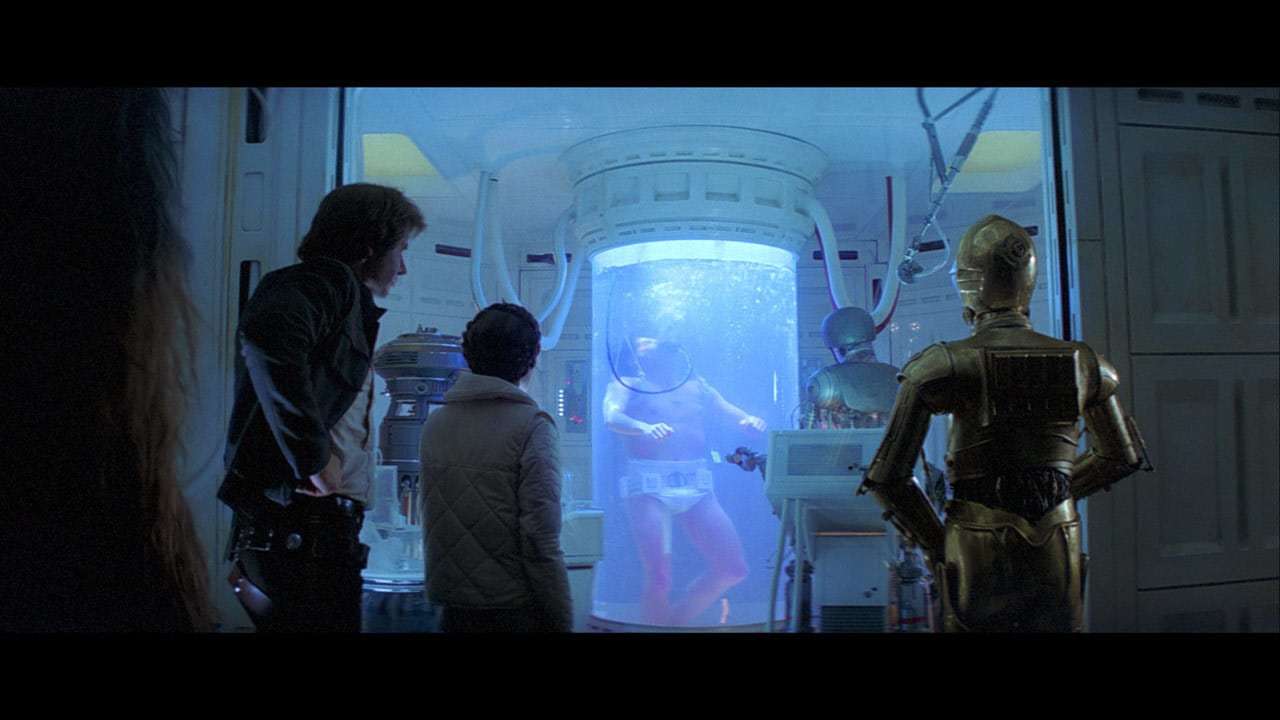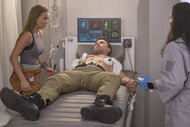Create a free profile to get unlimited access to exclusive videos, sweepstakes, and more!
Doctor droid? AI surgeons are learning to stitch you up… by watching YouTube

The movies have long been telling us that robots have a future as medical maintenance machines for our bodies. From the 2-1B droid that replaced Luke's severed hand in The Empire Strikes Back to The Doctor, Star Trek: Voyager's not-so romantically-named emergency medical hologram, AI bots that fearlessly uphold the Hippocratic Oath seem to go hand in hand with humanity's future.
Now a team of robotics researchers at UC Berkeley is partnering with microchip giant Intel to speed up the headway that humans are making toward the day when we finally deploy real-life surgical synths. Focusing on robots' already well-established ability to execute precision movements, they're training the machines to perform surgery on people — by making the 'bots watch YouTube videos.
Reporting early findings from their study on "Semi-Supervised Representation Learning from Surgical Videos," the team, led by postdoctoral robotics researcher Ajay Tanwani, is finding success with its AI algorithm called Motion2Vec. The algorithm teaches AI to perform simple sutures by making "video observations" of real surgeries, retaining the actions that work, memorizing the sequence in which actions need to be performed, and casting aside data that can't be repeated.
"We demonstrate the use of this representation to imitate surgical suturing motions from publicly available videos of the JIGSAWS dataset," the team explains in their findings (JIGSAWS is a set of surgical gesture and skill assessment guidelines for human motion modeling.) To date, robots trained with Motion2Vec show "85.5 percent segmentation accuracy" in picking up on human surgeons' movements — though that result is theoretical (in other words, no robots have yet been turned loose to perform sutures on real patients.)
What's the thinking behind teaching robots how to patch people up? Well, it frees their highly-trained human counterparts to focus on surgical tasks that require far greater case-by-case judgment. Sewing a person back together after surgery is an order of magnitude more routine and repeatable than what's required during the surgery itself, and there's a wealth of teaching material — in the form of images — just waiting for the AI to watch and learn from.
"YouTube gets 500 hours of new material every minute. It's an incredible repository, dataset," UC Berkeley's Ken Goldberg recently told Engadget. "Any human can watch almost any one of those videos and make sense of it, but a robot currently cannot — they just see it as a stream of pixels. So the goal of this work is to try and make sense of those pixels."
If all this sounds a little too tentative, don't worry: robots aren't ready to come anywhere near your sensitive skin with a needle quite yet. The research team bases its results on AI modeling that merely predicts outcomes, so the need for human guinea pigs to volunteer their bodies isn't on the immediate horizon. But at the rate this AI is learning, humanity hopefully will be ready to deploy robot surgeons long before we perfect a working lightsaber.














